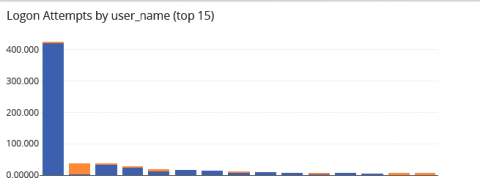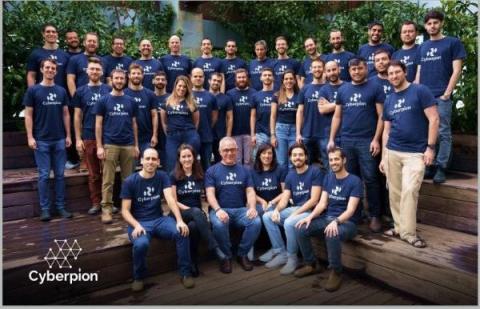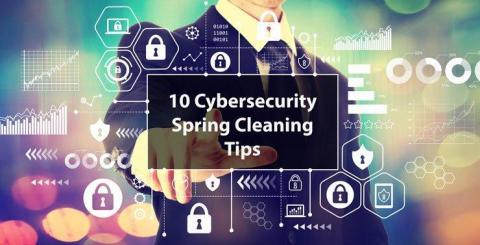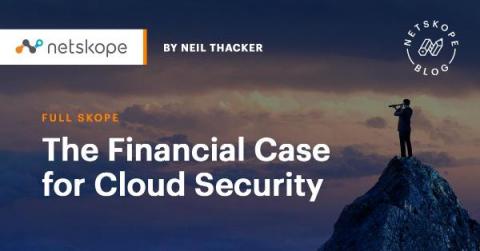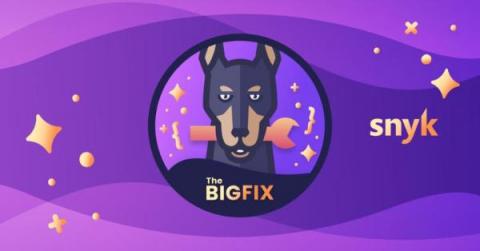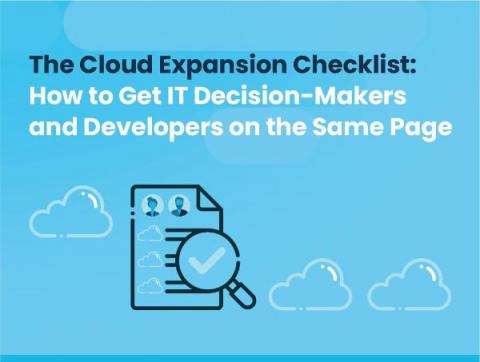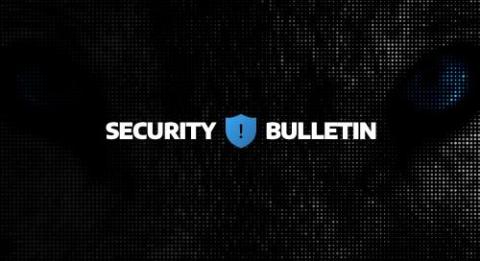Security | Threat Detection | Cyberattacks | DevSecOps | Compliance
Latest News
Cyberpion Closes Series A Funding at the Inflection Point for Attack Surface Management
In business and life, getting the timing and the team right is half the battle.
World Backup Day: Simplicity and Patience is Key
A few months ago, a popular cybersecurity news organization posted an urgent notice on social media seeking help to recover their data after their blog was deleted. They announced that they had no backups and they were desperately trying to contact the site administrator to restore their blog collection. This was as maddening as it was embarrassing for the same reasons.
AT&T Cybersecurity earns four Cybersecurity Excellence Awards
The AT&T Cybersecurity team’s unwavering focus on managing risk while maximizing customer experience earns high marks from security experts and customers alike. The team garnered some well-earned official recognition of the quality of flexible services they run with the announcement that AT&T won the highest distinction Gold Award in four different service categories of the 2022 Cybersecurity Excellence Awards.
10 Cybersecurity Spring Cleaning Tips
Spring is a good time to do some cleaning; put away winter clothes and ski gear, open windows and let spring breezes clear out the dust that gathered through the winter. But it’s also a good time for IT and cybersecurity teams to “spring clean” their security postures as well. Below we share 10 quick and easy ways to “clean up” your cybersecurity practices and adapt to the security threats we face daily.
The Financial Case for Cloud Security
When cloud first emerged as a new operational model for IT, its low total cost of ownership (TCO) was a topline selling point. Yet today, when considering moving security into the cloud, many worry that it will drive up costs, or at the very least demand an upfront investment that will be hard to justify in the mid-term. The reality is that cloud-native Security Service Edge (SSE) capabilities deliver a strong return of investment (ROI) with a low TCO.
Using the Snyk Vulnerability Database to find projects for The Big Fix
As developers, we all have our morning startup routine: make coffee, check Slack/Discord/email, read the latest news. One thing I do as part of my daily startup routine is check the Snyk Vulnerability Database for the latest open source vulnerabilities. It’s been especially interesting to see the types of exploits and vulnerabilities that appear in different ecosystems.
How to decide if a network digital twin is right for your company - Consider these ten questions
Interest in digital twin technology is on the rise, likely driven by the pressure placed on IT teams to ensure that their networks are predictable, agile, and secure. Network and security operations teams are actively investigating how implementing a digital twin can help their teams become more proactive and provide confidence that the network will behave as expected, even in the face of constant change.
The Cloud Expansion Checklist: How to Get IT Decision-Makers and Developers on the Same Page
Cloud-native and open-source technologies are booming. But for a successful cloud expansion, IT decision-makers and developers need to be in agreement despite their unique roles in the process. As more enterprises transition to cloud-native environments, the big question is how aligned are IT decision-makers and developers?


